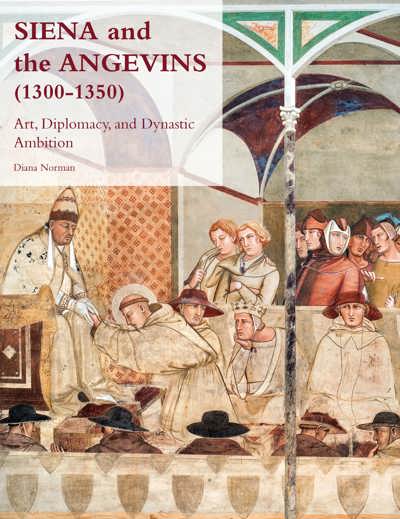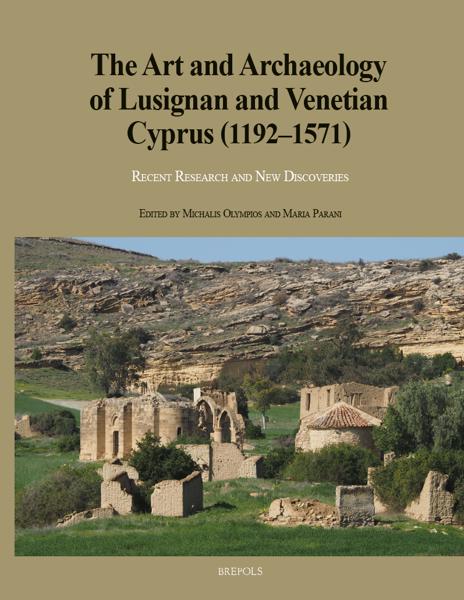
Fallen Idols, Risen Saints
Sainte Foy of Conques and the Revival of Monumental Sculpture in Medieval Art
Beate Fricke
- Pages: 282 p.
- Size:216 x 280 mm
- Illustrations:92 b/w
- Language(s):English
- Publication Year:2015
- € 130,00 EXCL. VAT RETAIL PRICE
- ISBN: 978-2-503-54118-1
- Hardback
- Available
This book presents an analysis and contextualization of the revival of monumental sculpture in medieval art, and outlines the history of image culture, visuality and fiction.
“(…) a study of one of the most fascinating, puzzling and complex topics of medieval art (…) a thrilling book with inspiring assumptions.” (Gerhard Lutz, in The Medieval Review, 2016.09.12)
“It is a solid step in the reassessment of the fascinating subject of the revival of monumental sculpture in medieval art.” (Manuel Castiñeiras, in Speculum, 96/1, 2021, p 218)
This book investigates the origins and transformations of medieval image culture and its reflections in theology, hagiography, historiography and art. It deals with a remarkable phenomenon: the fact that, after a period of 500 years of absence, the tenth century sees a revival of monumental sculpture in the Latin West. Since the end of Antiquity and the "pagan" use of free-standing, life-size sculptures in public and private ritual, Christians were obedient to the Second Commandment forbidding the making and use of graven images. Contrary to the West, in Byzantium, such a revival never occurred: only relief sculpture – mostly integrated within an architectural context – was used. However, Eastern theologians are the authors of highly fascinating and outstanding original theoretical reflections about the nature and efficacy of images. How can this difference be explained? Why do we find the most fascinating theoretical concepts of images in a culture that sticks to two-dimensional icons often venerated as cult-images that are copied and repeated, but only randomly varied? And why does a groundbreaking change in the culture of images – the "revival" of monumental sculpture – happen in a context that provides more restrained theoretical reflections upon images in their immediate theological, liturgical and artistic contexts? These are some of the questions that this book seeks to answer.The analysis and contextualization of the revival of monumental sculpture includes reflections on liturgy, architecture, materiality of minor arts and reliquaries, medieval theories of perception, and gift exchange and its impact upon practices of image veneration, aesthetics and political participation. Drawing on the historical investigation of specific objects and texts between the ninth and the eleventh century, the book outlines an occidental history of image culture, visuality and fiction, claiming that only images possess modes of visualizing what in the discourse of medieval theology can never be addressed and revealed.




